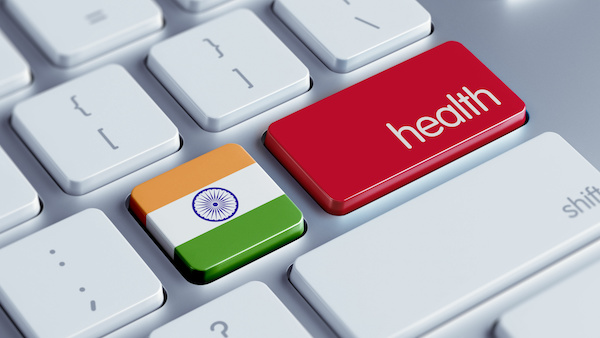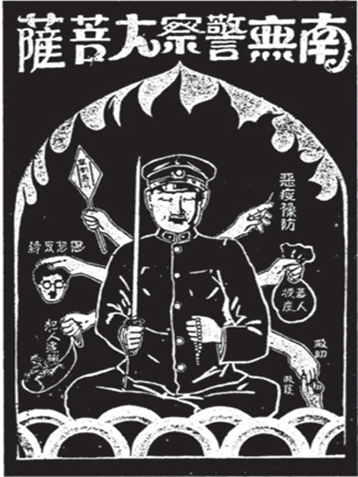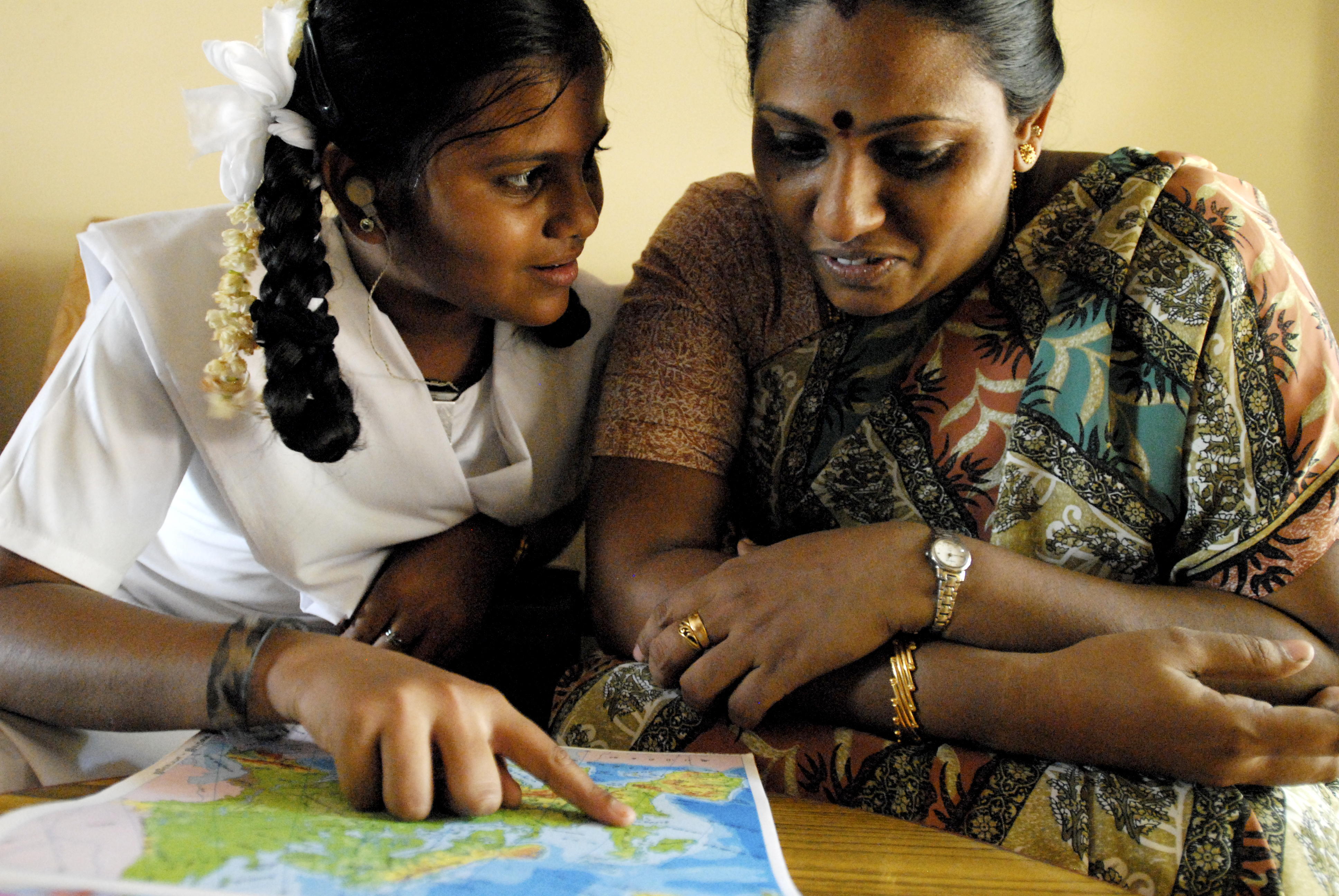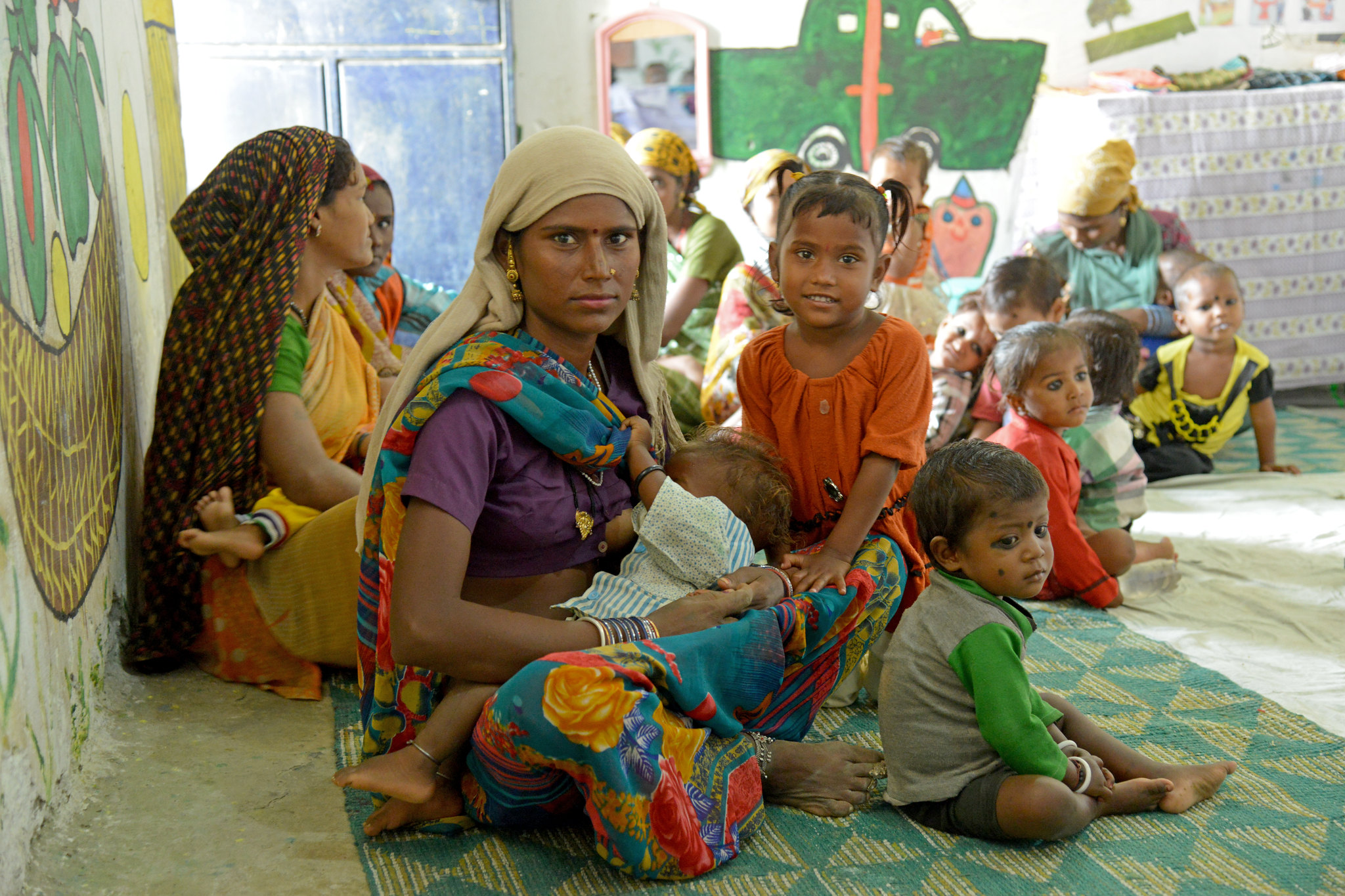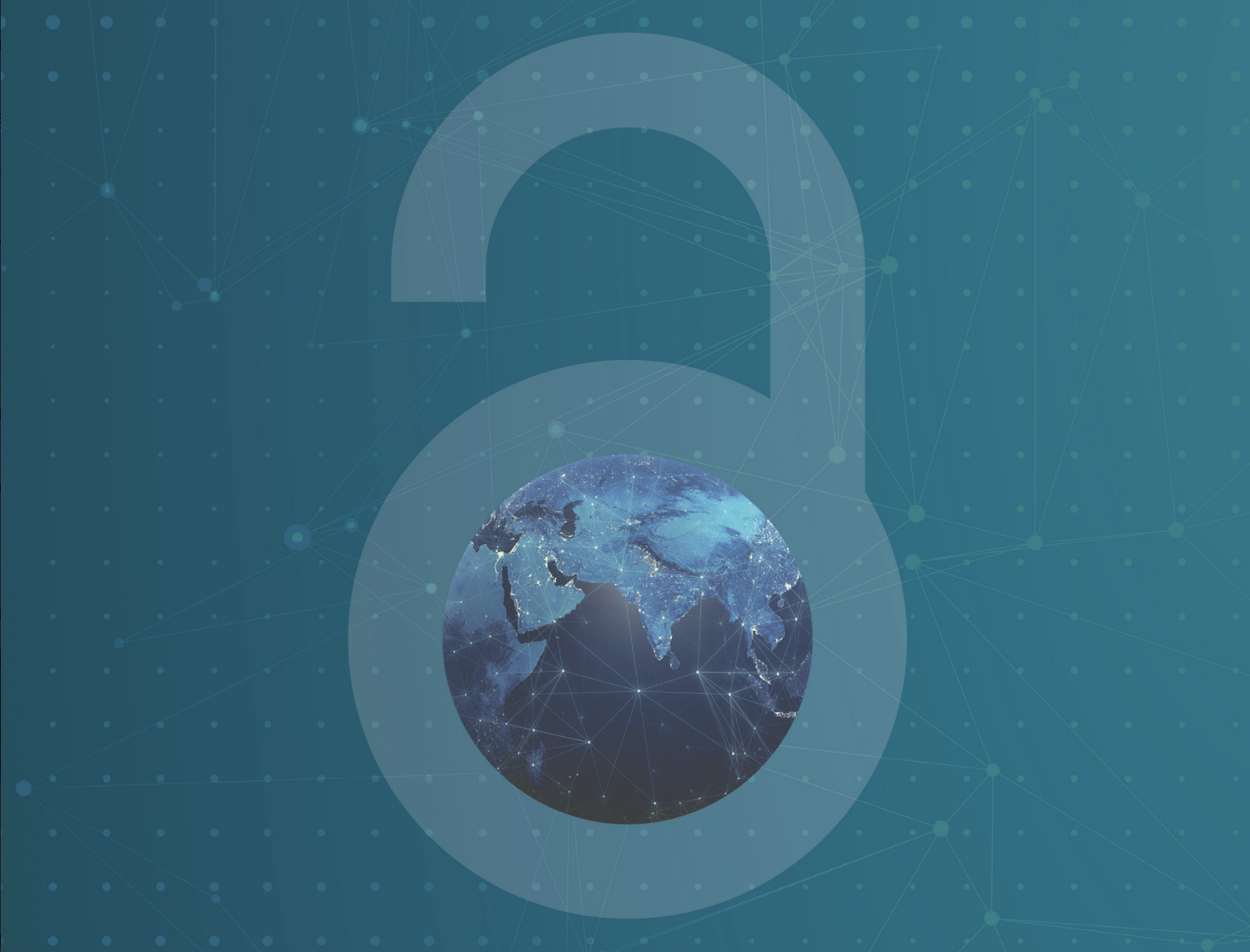Recommended
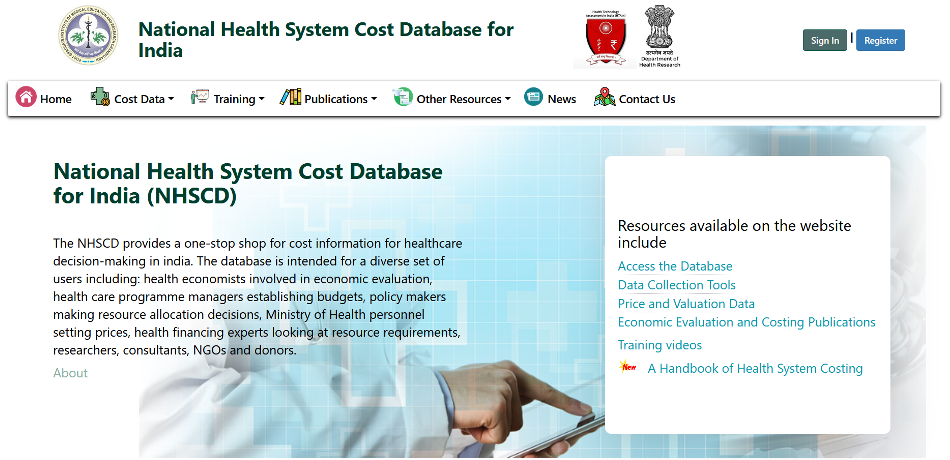
Blog Post
As India emerges as a key player in global health, it is important to ask which areas offer the greatest opportunity to advance international cooperation. This essay describes India’s historical influences and highlights current and future directions for India’s role in global health, particularly against the backdrop of the COVID-19 pandemic.
Historically, India has been a source of argumentative traditions resulting in influential philosophies, ranging from Buddhism and vegetarianism to meditation. More recently, India has served not only as a critical provider of medical products, services, and health information technology, but also as a source of emigrating talent in the health sector.
Tracing the spread of ancient Indian ideas
Two thousand years ago, the trade routes that brought Chinese silk to the West also enabled the cultural exchange of Indian ideas, transmitted in part by scholars trained in the argumentative traditions at ancient international universities such as Nalanda, in disciplines such as philosophy, mathematics, and ayurveda, among others. These ideas have persisted over time, influencing how diverse cultures approach health and well-being. The eighth-century Indian scholar Shantideva wrote in his Bodhisattvacaryāvatāra (Guide to the Bodhisattva’s Way of Life) that, “As long as diseases afflict living beings / May I be the doctor, the medicine / And also the nurse / Who restores them to health.” Shantideva, who was inspired by the vision of Gautama Buddha, was not unique; there are hundreds of Indian scholars whose ideas are practiced today beyond India’s borders.
Some ancient ideas have been directly translated into modern public health campaign messaging. The image below depicts an Indian Buddhist motif used in Taiwan in 1926, when it was a colony of Imperial Japan. This many-armed ‘police bodhisattva’, shown in a seated yogic posture and holding a weapon and prayer beads, also emphasised the multitasking functions of epidemic control, including providing shots, emergency aid, and controlling crime (see Figure 13). The title of the poster says, “Namo Great Police Bodhisattva”, thus importing the Indian word namo, which loosely translates to “homage to”, in addition to the word ‘bodhisattva’, which is a superhero concept prevalent across East Asia.
Figure 1: Police Bodhisattvas as a Vehicle for Public Health in Japanese-Ruled Taiwan in the 1920s
Today, Taiwan—a self-governed island that is disputed to be part of China—has a high prevalence of vegetarianism, which has Buddhist roots that can be traced to the Indian concept of ahimsa, or non-violence. Meanwhile, the health effects of vegetarian diets in preventing metabolic risks are being increasingly appreciated in modern public health practice. Vegetarianism as a potential tool to address climate change has also gained attention within the United Nations International Panel on Climate Change (IPCC).
The ancient ideas and practices of meditation and mindfulness are also embedded in the practice of modern psychology. The US Department of Veterans Affairs, for instance, employs digital applications on mindfulness to support military veterans. Tools in evidence-based psychotherapy, such as dialectical behavioural therapy, also integrate mindfulness.
India’s current role in global health
India serves not only as a provider of medical products, services, and health information technology, but also as a source of emigrating talent, including nurses and doctors. India has a long-earned reputation of being the ‘pharmacy of the world’. It is the largest global vaccine manufacturing hub, supplying 60 percent of the world’s vaccines. Indian manufacturers export low-cost, quality-assured vaccines to over 170 countries. Most notably, during the COVID-19 pandemic, India’s Serum Institute was licensed to produce the Oxford-AstraZeneca vaccine, which was instrumental in expanding access to low- and middle-income countries through the COVAX program. However, the Indian government imposed an export ban from April to September 2021 to help rapidly vaccinate its own population during a devastating second wave, highlighting the shortcomings of a highly concentrated global vaccine supplier base.
India is also the world’s largest exporter of generic drugs. Indian generic medicine producers are well-known for their role in accelerating global access to low-cost antiretroviral medicines. More recently, an Indian generic company became the first to receive regulatory approval from the World Health Organization for its generic version of Pfizer’s Paxlovid drug—a highly effective oral antiviral to treat COVID-19.
Yet, despite advances, the quality of Indian drugs has room to improve. Medicinal syrups linked to acute kidney injury in Gambia in 2022, and other cases of tainted medicines have damaged public trust in Indian health products. A stronger regulatory infrastructure is essential to support the growth of India’s biotech sector and solidify its role as a global pharmaceutical hub.
Moreover, India’s pioneering universal Unique Identification Program, known as Aadhaar, has been used to deliver social and health services. More recently, under the National Health Authority, the Ayushman Bharat Digital Mission (ABDM) is pioneering health informatics infrastructure for facilitating health information exchange.
Under the aegis of the National Health Authority, the work of the Health Technology Assessment Agency represents an important aspect of India’s move towards universal health coverage (UHC). Health technology assessment is a key tool for expanding UHC and weighing the benefits and costs of different health interventions and health benefits packages. It provides insights for low- and middle-income countries interested in building data systems and institutional mechanisms for priority setting.
Finally, Indian talent, including in health, is internationally well-respected. India has been a leading source of international physician as well as nurse graduates. Nevertheless, concerns about adequate domestic health workforce in India persist.
Future directions for advancing global health cooperation
As an emerging leader, India has the opportunity to place key health priorities on the agenda. First, as underscored by the COVID-19 pandemic, regionally diversified production of vaccines and other medical countermeasures are essential for equitable global access. India should advance global cooperation on more distributed manufacturing of medical countermeasures, including adequate supply and demand-side financing as well as sufficient attention to the underlying policy environment. For example, Indian policymakers should explore mutually beneficial approaches for technology transfer or regionalised local subsidiaries.
Second, digital health innovations offer significant potential for advancing UHC as well as for preparedness for health emergencies and surveillance. Indian policymakers may consider how global health cooperation in the areas of digital health innovation, including through public-private partnerships, may help to provide the required workforce capacity to other developing nations seeking to strengthen their digital health systems for UHC. These approaches will require inter-sectoral approaches to health, drawing from Indian expertise in the IT sector.
A key lesson from Indian history is the role of trained professionals and scholars as well as that of training institutions in the spread of innovations. Indian policymakers should also consider formal strategies to engage with the large Indian diaspora alongside ways to promote international educational exchange such as through scholarships to build capacities and competencies for global health, both in India and abroad.
India’s ability to contribute to the global health agenda also depends greatly on health outcomes for Indians at home. As the world’s most populous country, the well- being of its own population has significant implications for nearly all global health measures. Much more work remains to be done to advance health priorities at home and abroad—and greater multilateral cooperation offers a promising pathway to achieve mutual goals.
This blog was first published as part of a collection of essays invited by Think20.
Disclaimer
CGD blog posts reflect the views of the authors, drawing on prior research and experience in their areas of expertise. CGD is a nonpartisan, independent organization and does not take institutional positions.
Image credit for social media/web: AlexAnton / Adobe Stock


